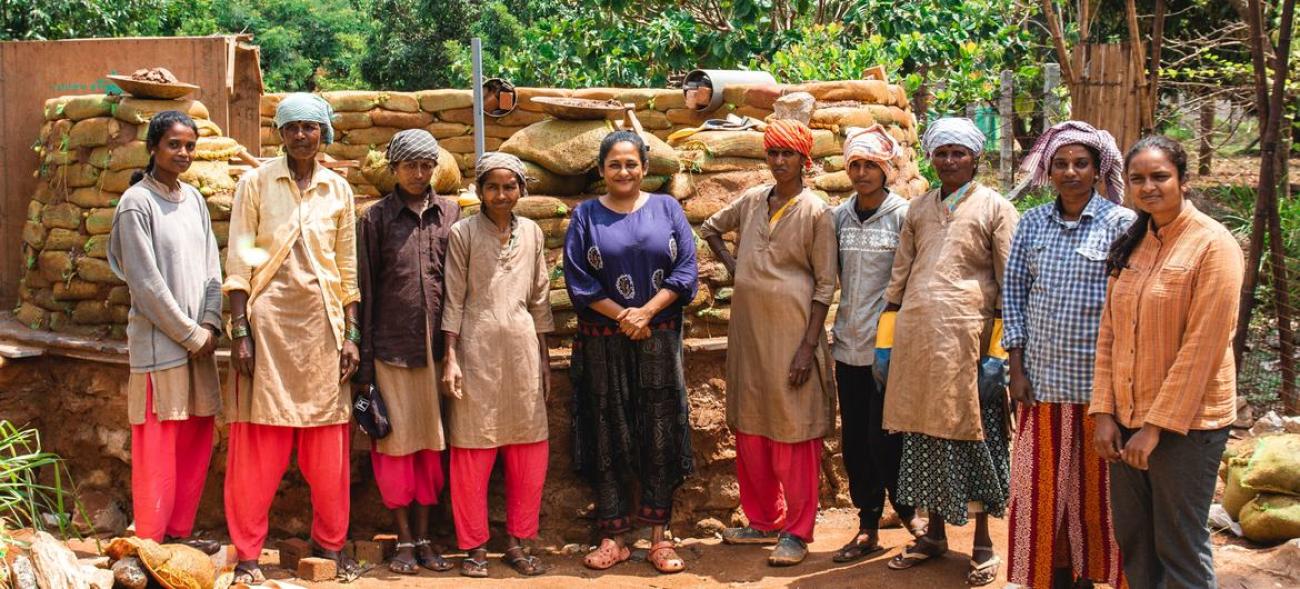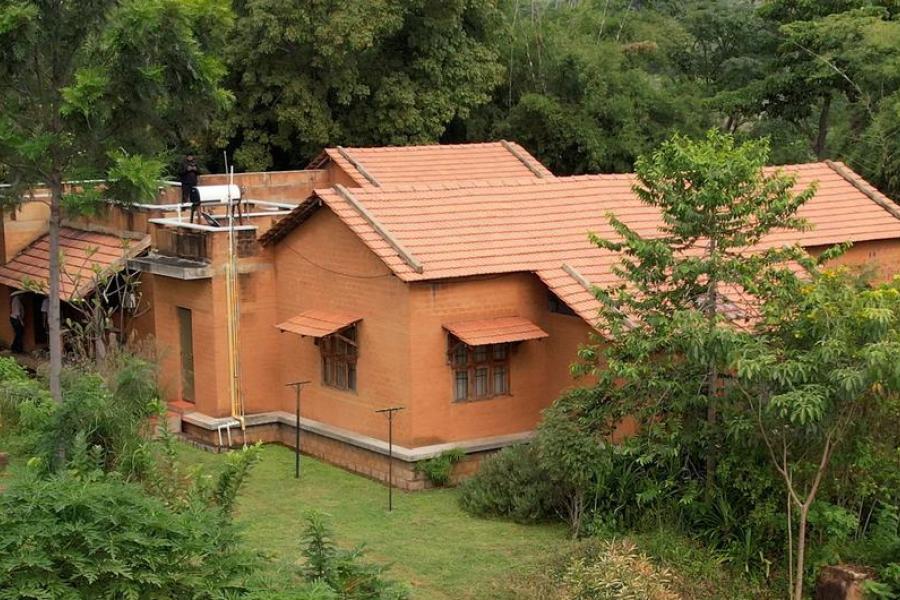How home building is going back to mud

7 March 2024
In India, two women architects are quietly revolutionizing the construction industry. Rosie and Sridevi aren't just building homes; they're crafting a sustainable future, one mud brick at a time. Their approach challenges traditional norms, offering a refreshing alternative to high-carbon materials like cement and steel.
“Not many architects think that climate change is something that they need to think about, but we’re trying to change that,” says Rosie Paul, co-founder of Bangalore-based architecture firm Masons Ink.
Rosie and her friend, Sridevi Changali, are advocating for the preservation of India’s ancient mud construction heritage, emphasizing its sustainable properties to address the modern challenge of high-carbon construction.
Sridevi notes, “the manufacturing and the processing is done by local communities, so you’re giving back to local livelihoods rather than large manufacturing plants and large companies.”
With a focus on empowering women in architecture and construction, their work transcends mere structures—it's a statement, a movement towards a greener, more inclusive world.
They're also urging more women to enter the industry and receive on-site training, like in stone masonry.
Rosie highlights gender issues in architecture and construction sector, urging for more women to be hired in firms and on construction sites. She aims to remove barriers and encourages others to join the cause.
Architects like Rosie and Sridevi are turning to raw-earth construction to build resilient structures capable of withstanding extreme weather.

Thomas Payyapilli had Masons Ink design his mud home with minimal waste, focusing on low cost and environmental impact. His farm is now certified organic, growing aromatic plants.
Sindhoor Pangal, seeking solace from urban life after her husband's sudden death, turned to Masons Ink. They understood her journey, and crafted a home in honor of her late husband, with an all-female mason team.

Mud's natural properties provide a refreshing solution for construction, improving indoor air quality and preventing dampness. Mud walls absorb solar heat during the day, reducing the need for air conditioning. Additionally, mud's local availability reduces transportation costs and environmental impact.
The use of building materials such as cement and steel create a massive carbon footprint, and the industry overall is responsible for almost 40 per cent of global CO2 emissions, mainly in terms of production and transport.
Buildings and Climate Global Forum
- Rosie and Sridevi will be among over 800 attendees of the inaugural Buildings and Climate Global Forum, taking place on 7-8 March 2024 in Paris.
- The Forum is co-organized by France and the United Nations Environment Programme (UNEP), with the support of the Global Alliance for Buildings and Construction, and gathers ministers and high-level representatives of key organizations, to generate a new impetus in international collaboration for decarbonizing and resilience in buildings after the COP28 UN Climate Conference.
- Governments will be invited to endorse a common declaration of common principles and a framework for global cooperation. All stakeholders of the buildings sector will be invited to disclose specific engagements to support the Forum’s ambition.
Adapted from UN News
***
















